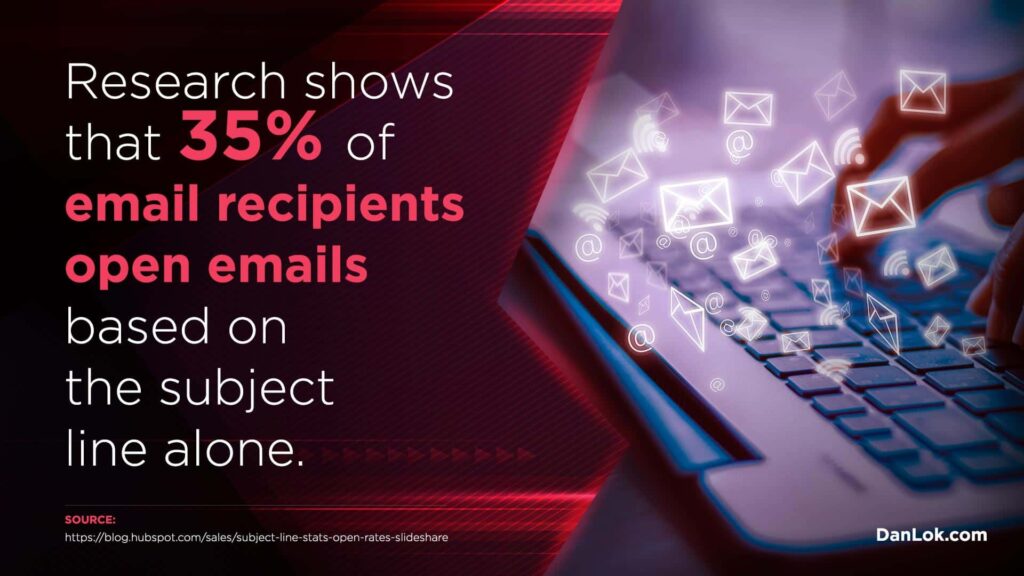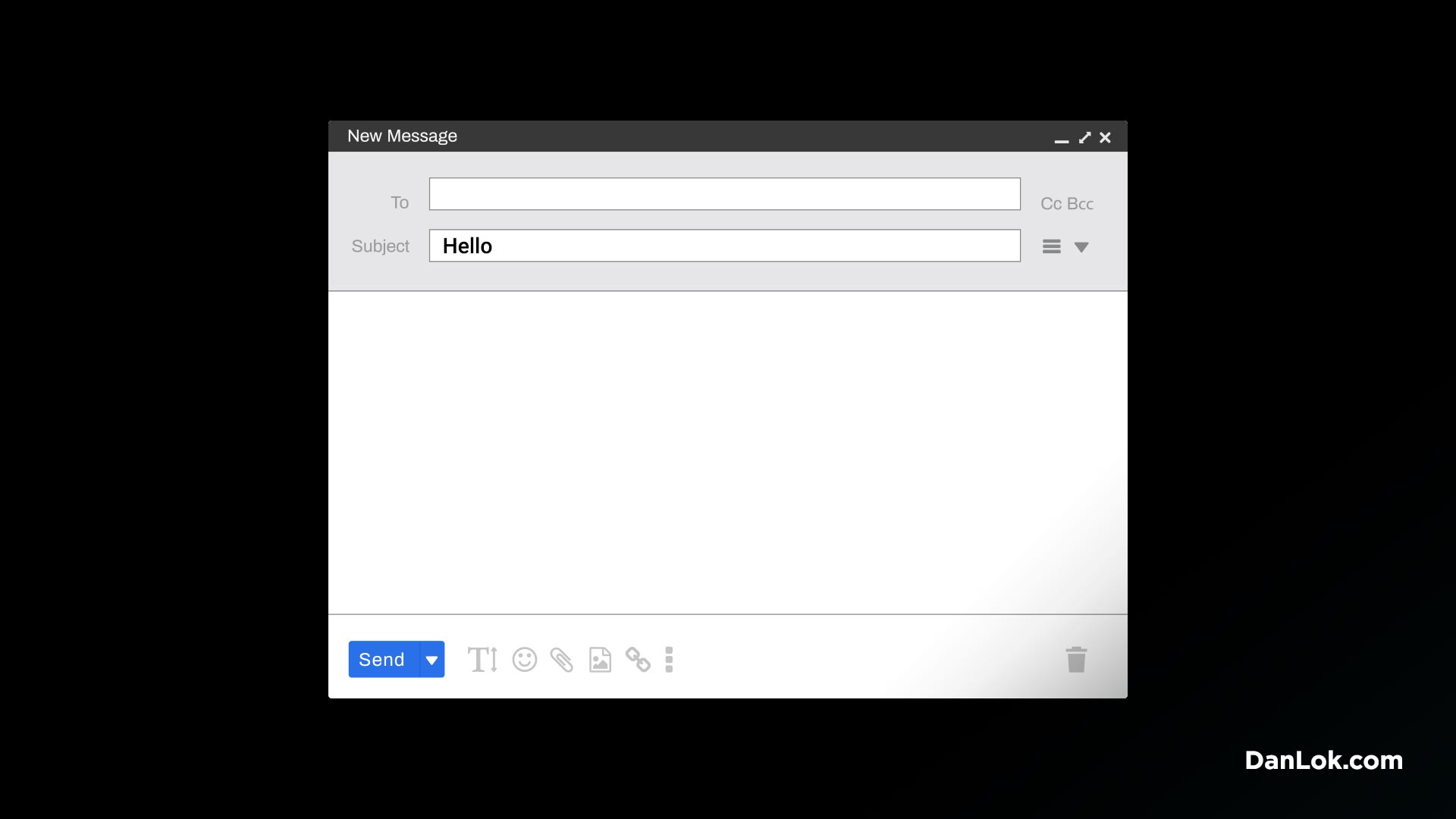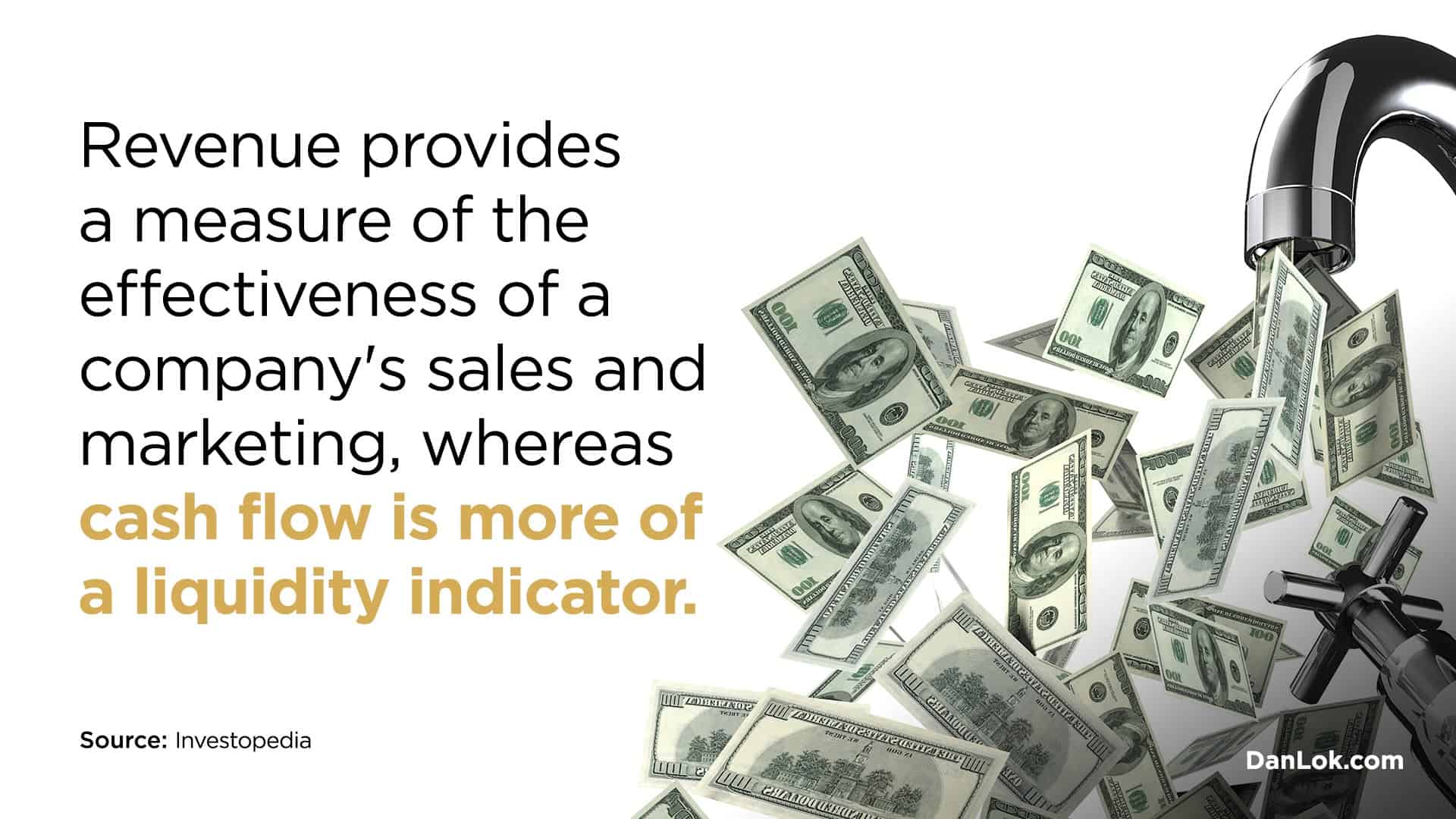How can you approach profit sharing after having closed a deal?
Maybe you made a deal with a business partner, individual contractor, or another professional – you agreed to work together and share the profit. Or maybe you hired employees and want to motivate them to work harder by offering them a profit share.
But now you might be wondering: how exactly should you negotiate profit sharing? How big of a share is considered fair and ethical? Which structure should you choose?
One thing to keep in mind is that there is no one-size-fits-all approach to profit sharing. What works best completely depends on your business’s specific situation.
Profit sharing depends on your business model, current income, and many other factors.
The thing is, every deal is a deal and therefore, can be negotiated. Which system you choose for profit sharing will depend on many factors.
That’s why, in this article, we’ll go over how and why you want to do profit sharing as well as how you could do it and which system might fit best for your situation.
What Is Profit Sharing?

Profit sharing can take on a variety of forms. Usually, we’re talking about an allocated share of the profit of a business before taxes.
Some businesses choose to use a part of annual profits and pay out the profit share once a year. But there are also models where the profit share takes place twice a year, quarterly, or monthly.
There are different ways to parcel out the share accordingly. We’ll go deeper into those strategies below.
What’s important to note is that profit sharing is usually determined and negotiated after the business estimates their annual profits. If the business fails to make accurate predictions, the profit share could be affected.
This system has many advantages, but it’s only for successful businesses who can estimate how much money they’ll make. If you are currently in the red, profit sharing might not be your best option.
However, sharing the profit is also a great way to motivate employees. If the business’s profit has an immediate impact on how much money employees make, then they feel motivated to bring in more money.
If your business is in the red but close to making profit, offering a profit share to your employees might be exactly what you need. Their increased efforts will help you make more money.
What Profit Sharing Is Not
Some companies and businesses pay out a section of their annual profit in addition to regular salaries and bonuses. They do so without tying the profit share to profitability.
They treat it more like an extra bonus for employees and pay it out to motivate their workforce.
There is nothing wrong with being generous and sharing profit with your employees, contractors, or business partners: just be aware this is not actually profit sharing.
Things To Consider

There are a few things to consider when estimating profit sharing. You want everyone to get paid in proportion to their efforts and according to the results they bring in.
One thing to definitely think about is how fast the money will come in. Do you already have a marketing campaign that generates leads and sales regularly, or are you building everything from scratch? If you have accounts receivable, how fast do they pay?
The reason you want to consider how long it will take for money to flow in is that profit share implies that everyone will get paid only after you make some money. Use your estimate to set the right expectation from the beginning.
If you promise your business partners or contractors that they will get paid within one week when, in reality, your marketing requires three weeks to produce results, they will get impatient. Morale shrinks if you nourish the wrong expectations with regards to the profit share.
So be honest about the situation from the get-go. How soon can the other person expect to make money? Is your shared profit their only source of income? Address possible concerns early, and avoid disappointment later.
You also want to have a backup plan in mind in case the numbers used to calculate the profit share turn out wrong. Maybe you predicted a certain profit, but unforeseen developments in the economy undermined your plan. What will you do if you can’t meet the expectations of employees, contractors, or business partners?
Worth
One more thing to consider is if the matter is worth a negotiation at all. There can be instances where profit sharing isn’t the best approach. Sometimes, it’s better to offer business partners or contractors a fixed payment. Then there are also circumstances where it’s best to just name your rate and don’t negotiate at all.
Timing
The timing of the negotiation is also something you want to consider. In many cases, you’ll actually estimate the rate before a deal is closed.
But your business partners or contractors might also want to re-negotiate later. If they keep bringing great results, there is no harm in offering them a better rate for their efforts.
In fact, if they have proven to work hard and get you consistent results, it’s great if you can pay them a bit more than the industry standard. They will love you for it, stay on your team, and continue to put in their best efforts.
So when it comes to profit sharing, set the stage before you make a deal. Set expectations and be fair. If someone turns out to be good, don’t be afraid to re-negotiate with them.
Now, how can you actually approach profit sharing?
Approach 1: Commission Structures

A very popular way is to pay commission. The person you are partnering up with or taking on as a contractor gets paid a certain percentage for certain results.
For example, if you hire a closer to close deals for you, you can pay them based on how many sales they make. A common way is to pay the closer 10-20% of the sale.
If you work with a business partner who is putting in equally as much time, effort, and investments as you do, then you likely will split the profit in half. Half of the money goes to your business partner, half goes to you.
In the case that your business partner is doing less, then you can also do 40% and 60% or 30% and 70% profit share.
You want to use commissions when you have a team that is focused on results. Your employees have incredible skills that help you make money. If it fits their personality type, reward them with a profit sharing system.
The great thing about paying for money-making services on commission is bringing in more revenue without extra cost for your business. If you pay a closer to close deals for you and they don’t, they don’t get any money. Meaning, you only pay them if they make you money.
A possible downside of commissions is that your competition might try to hire your people by offering them a bigger commission. Definitely make sure that your commission structure is fair, and you should have nothing to worry about.
Approach 2: Monthly Retainer
Some business owners approach profit sharing this way: the person gets a monthly fixed payment but can earn more if they reach a certain quota.
Depending on your business model, the retainer can be high or low. The advantage of offering a fixed rate is that everyone’s income is secured. No one has to worry about getting their basic income, and everyone can fully focus on the work.
This works well for people who need security but who are also motivated by the opportunity to earn more if they achieve certain results.
Approach 3: Contribution Levels

Creating a profit sharing plan based on contribution levels means that not all employees or contractors get the same amount. Instead, you base the percentage they get on their role. An account executive or manager might get more than an assistant.
This means you have to determine the amount each position gets paid. Usually, the employees who perform tasks that help you generate more money should get paid more.
Pay attention to the sales and marketing teams who are responsible for generating revenue. Also, consider managers and team leaders who might not do sales directly themselves but lead their teams in doing so.
When you choose to do profit sharing based on contribution levels, be careful not to accidentally de-motivate some of your employees. No one likes feeling like their work is worth less compared to others.
If you choose to discuss openly how much of the share goes to whom, make sure everyone understands why they get what they get. Keep a great business culture that doesn’t emphasize unhealthy competition or foster envy among employees.
Make Your Profit Sharing Easy To Understand
There are all kinds of formulas to calculate profit sharing. You can adjust them to your situation or come up with a completely new way to do it.
No matter what you choose to do, make sure your employees, partners, or contractors understand HOW they get their share. If they have no clue how their pay is put together and how they can increase it, morale will go down.
In the book Extreme Ownership, the authors Jocko Willink and Leif Barbin talk about earning bonuses, but the lesson may be applied here.
Willink and Barbin headed out to help a business that had recently introduced a new way for employees to earn bonuses. The problem was, hardly any of the employees ended up taking this new opportunity to earn more money. After inspecting it, Willink and Barbin found out why: the system was so complicated, the employees had no idea what to do to get their bonuses.
So, make sure you use a way that your employees, partners, or contractors understand; they will be more effective if they know how to potentially earn more.
How To Negotiate Profit Sharing?

The amount of the share is usually determined towards the end of a compensation negotiation. In the first part of the negotiation, you want to see if the person is the right fit for the position you had in mind.
You investigate their strengths and weaknesses and how invested they are in working with you. What results can you expect from them based on their past experiences?
There is no point in talking about money and payments if these points aren’t ticked off. So save the profit negotiation for the end of the conversation.
Now, how do you determine how much of the profit you want to share with an individual employee or contractor? If you do profit sharing often, you might want to have fixed rates.
Let’s assume that, for example, you are working with a team of closers. Some of them are doing outbound calls, dealing with cold prospects, and therefore usually have the harder job. The others are inbound closers, dealing with warm prospects and having an easier time closing.
The outbound closers have a harder job, and they bring in new customers, so you’d normally want to pay them a bit more than the inbound closers. Your outbound closers might get a 12% commission, while the inbound closers get 8%.
If a person thinks that they have an outstanding performance and should get paid more, they can always approach you for a re-negotiation.
According to Jim Schleckser, CEO of Inc.com, a profit share of 8% is enough to motivate someone to perform better. So that’s a great place to start.
A profit share of 8% increases employee motivation. Click To TweetIf you can do more than 8%, however, it’s a good idea to do so to get ahead of competition and to increase the loyalty of your employees or contractors.
Advantages of Profit Sharing
Using profit sharing and commissions instead of regular salaries or bonuses has some advantages.
As we mentioned before, one of the biggest reasons to go for profit sharing is to motivate your employees or contractors.
If your workforce benefits from making you more money, then they will find efficient ways to do so. They are more invested in the success of the whole business.
In a company where everyone gets a salary, it’s easy for employees to do just the minimum – they are getting paid anyway. Paying them based on results prevents that.
So profit sharing improves the culture of the whole business. Employees are happier, they are actively looking for solutions to bring in more money, and they are motivated to perform at their best.
What’s more, if you are in a niche where profit sharing is less common, this can really make you stand out. Any time you are the only one who can offer something, you should. It will give you and your business an edge.
Implementing a profit sharing plan can also strengthen your team as everybody is working on the same goal: to generate more profit.
Possible Pitfalls
Advantages of profit sharing aside, there are some things to watch out for. The first thing, as we’ve already mentioned, is that your workforce has to understand how they get the share. What’s the system and how does their effort impact their pay?
The second thing we briefly touched on is to ensure your profit sharing system remains fair. If some employees or contractors feel undervalued, they will be less motivated to perform at their best. In the worst case, they might even leave your team.
If you choose a system where only parts of the profit are eligible for profit sharing, you want to be able to explain how you calculated it. For example, if you make 2 million dollars in profits a year, you might want to share 10% with your employees.
You, then, determine which person gets how much. And while you do so, you want the breakdown to be simple enough for your team to understand.
Profit sharing should also be measurable. If every team member at any time can calculate how much their efforts benefit them, then you did well. They are aware of their impact and their results.
Want More Next-Level Business Advice?
On the Dragon 100 advisory board, Dan Lok coaches and mentors top-level entrepreneurs on how to scale their businesses.
Every stage of your business comes with unique challenges. In Dragon 100, you profit from Dan Lok’s 20+ years in business experience and from being in a high-level business environment.
Profit sharing plans are only one of countless examples of what you can learn from Dan Lok. Business models profiting from Dragon 100 are as diverse as their owners.
If you think that you and your business would profit from Dragon 100 and be of value to other Dragon 100 members, learn more about the Dragon 100 advisory board here.




























 Discover How To Get Paid Based On The Value You Bring
Discover How To Get Paid Based On The Value You Bring 





